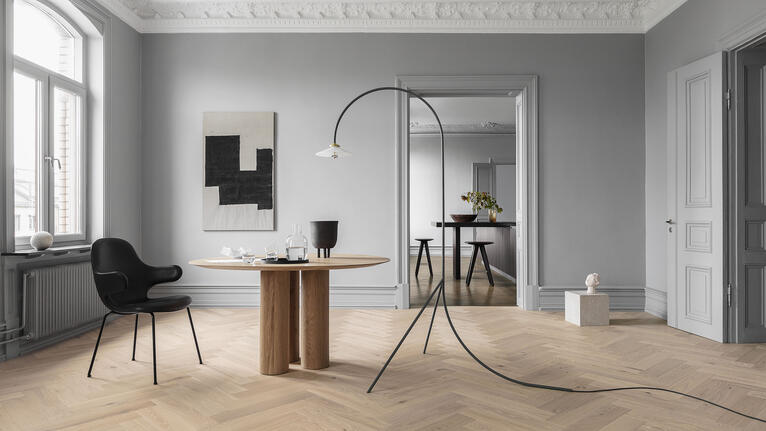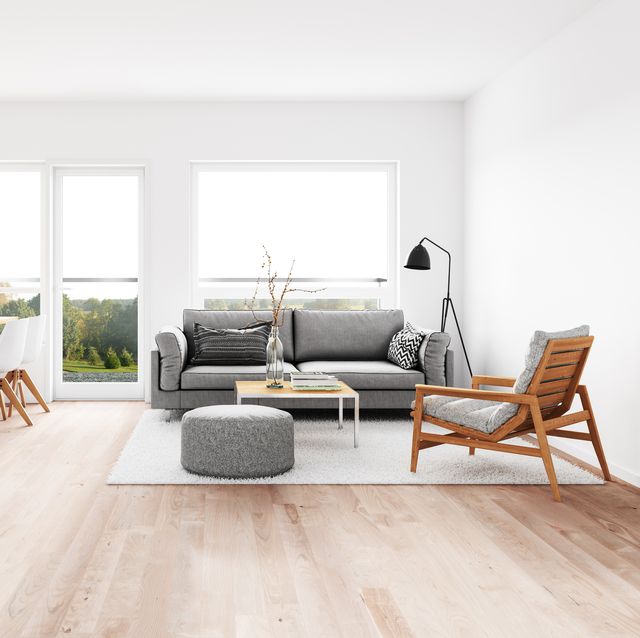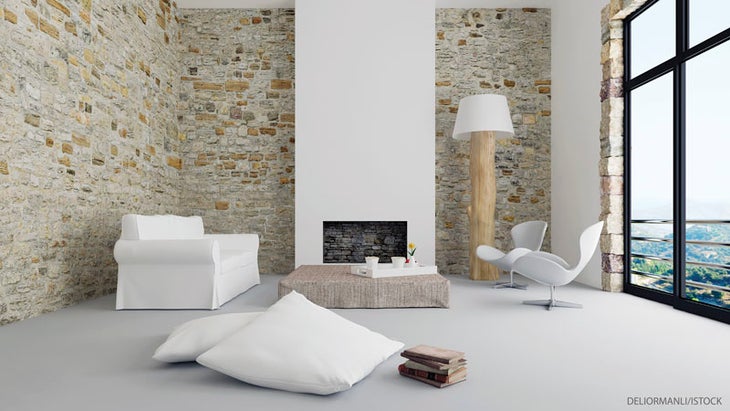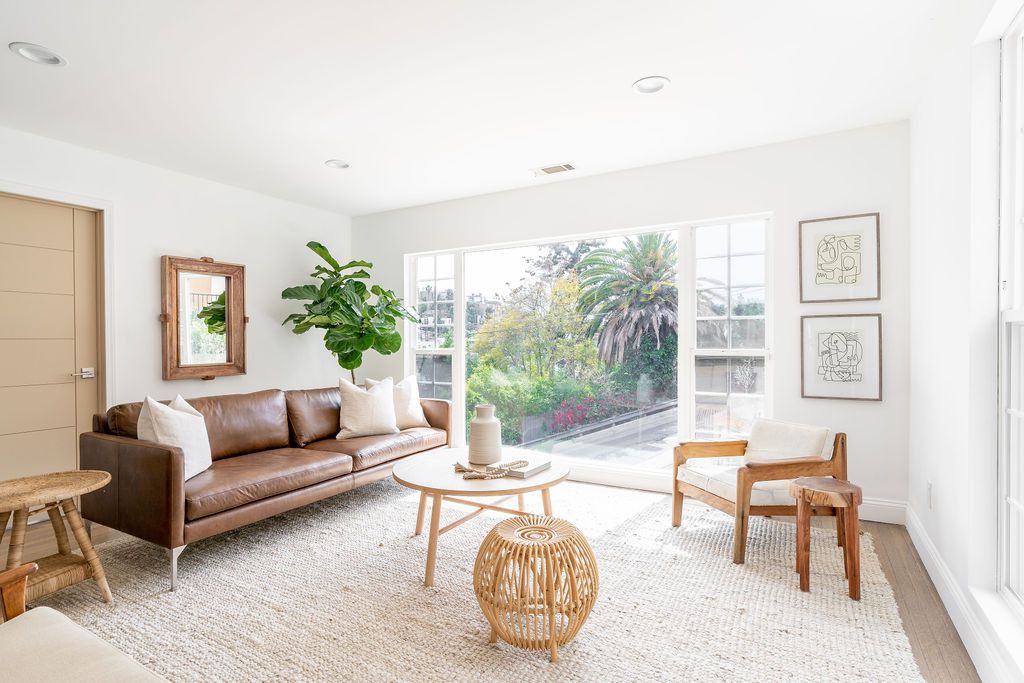
In the ever-evolving world of art and design, minimalist aesthetics have emerged as a powerful force, shaping the way we perceive and interact with various forms of creative expression.
From the simplicity of minimalist art and graphic design to the sleekness of minimalist architecture and product design, this article explores ten spectacular ways in which minimalist aesthetics have transformed the art and design world.
By delving into the history, techniques, and impact of minimalism, we gain a deeper understanding of its enduring influence on contemporary aesthetics.
Minimalist Art History
Minimalist art history traces the development and evolution of minimalist aesthetics in the art and design world. It encompasses various minimalist art movements and techniques that have emerged over time.
Minimalism emerged in the 1960s as a reaction against the complexity and excesses of abstract expressionism. Artists sought to simplify their work and reduce it to its essential elements, often using geometric shapes, clean lines, and a limited color palette. This reductionist approach aimed to strip away unnecessary elements and focus on the purity of form and concept.
Minimalist art techniques include repetition, seriality, and the use of industrial materials. By embracing simplicity and restraint, minimalist artists aimed to create a sense of freedom and openness in their work, allowing viewers to engage directly with the essence of the art.
Minimalist Graphic Design
The influence of minimalist aesthetics can be seen in the world of graphic design, shaping the way designers approach simplicity and essentialism in their work. Minimalist graphic design focuses on the use of clean lines, negative space, and minimal color palettes to convey a message effectively. This approach allows for a sense of freedom and openness, inviting the audience to interpret and engage with the design.

In minimalist graphic design, less is more, as the emphasis is placed on the essential elements rather than unnecessary embellishments. Some key aspects of minimalist graphic design include:
- Simplified typography and use of whitespace to create a clean and uncluttered layout.
- Minimalist fashion-inspired elements, such as geometric shapes and minimalist color schemes.
- Minimalist packaging design that embraces simplicity and functionality, using minimal graphics and clean lines.
- Emphasis on visual hierarchy to guide the viewer's eye and prioritize information.
- Use of minimalistic illustrations and icons to communicate ideas concisely.
Minimalist Architecture
Shaping the landscape of contemporary design, minimalist aesthetics have greatly influenced the field of architecture. Minimalist architecture embraces simplicity, functionality, and clean lines, while also incorporating sustainable design principles and the integration of nature.
This architectural style prioritizes efficiency and environmental responsibility, aiming to create spaces that have a minimal impact on the planet. By promoting simplicity and functionality, minimalist architecture encourages a sense of freedom and liberation from unnecessary clutter and ornamentation. It emphasizes the use of natural materials, such as wood, stone, and glass, to create a harmonious connection with the surrounding environment.
The integration of nature is a fundamental aspect of minimalist architecture, as it seeks to blur the boundaries between the built environment and the natural world, creating spaces that inspire tranquility and a sense of oneness with nature.
Minimalist Photography
One prominent aspect of minimalist aesthetics that has greatly influenced the art and design world is the use of a selective approach in photography. Minimalist photography focuses on capturing the essence of a subject by simplifying the composition and removing any unnecessary elements. It aims to create images that are clean, elegant, and visually striking. This style of photography has gained popularity in various fields, including fashion and still life photography.
Here are five key characteristics of minimalist photography:
- Clean lines and geometric shapes
- Limited color palette
- Negative space
- Strong emphasis on composition
- Attention to detail
Minimalist fashion photography aims to showcase the beauty of simplicity, often featuring clean lines, neutral colors, and minimal accessories. On the other hand, minimalist still life photography focuses on capturing everyday objects in a minimalistic style, highlighting their form, texture, and simplicity. By employing a selective approach, minimalist photography encourages viewers to appreciate the beauty in simplicity and embrace a sense of freedom in their perception of art.

Minimalist Web Design
Minimalist web design has emerged as a dominant trend in the art and design world, revolutionizing the way websites are created and presented. This approach emphasizes simplicity, clean lines, and a focus on essential elements. Minimalist user experience is at the core of this design philosophy, with an emphasis on intuitive navigation, clear communication, and efficient functionality. By stripping away unnecessary elements, minimalist web design allows users to easily navigate and interact with websites, enhancing their overall experience.
In addition to a minimalist user experience, minimalist color palettes are also a key aspect of this design trend. Limited color choices, often consisting of neutral tones and monochromatic schemes, create a sense of harmony and elegance. These color palettes help to eliminate visual distractions and draw attention to the most important elements on the webpage.
Minimalist Interior Design
Continuing the exploration of minimalist aesthetics, the focus now shifts towards the realm of interior design. Minimalist interior design has gained popularity in recent years for its clean and clutter-free approach, creating spaces that are calming and visually appealing. Here are some key elements of minimalist interior design:
- Minimalist color schemes: Neutral colors such as white, beige, and gray are often used to create a sense of simplicity and harmony in minimalist interiors.
- Decluttered spaces: Minimalist home decor emphasizes the importance of decluttering, with only essential items being displayed and everything else stored away.
- Functional furniture: Minimalist design prioritizes functionality, with furniture that is sleek, simple, and serves a purpose.
- Natural light: Maximizing natural light is essential in minimalist interior design, as it helps to create a sense of openness and spaciousness.
- Thoughtful accents: Minimalist interiors often incorporate thoughtful accents such as plants, artwork, or carefully chosen decorative objects to add interest and personality to the space.
Minimalist interior design embraces the idea of freedom by offering a calm and uncluttered environment that promotes relaxation and mindfulness.
Minimalist Typography
Minimalist typography has had a significant impact on readability in the art and design world. By stripping away unnecessary elements, minimalist typography prioritizes legibility and clarity, making it easier for viewers to engage with the text.
However, this simplicity does not equate to a lack of expressiveness. Minimalist typography can still convey emotion and meaning through the careful selection of fonts, spacing, and alignment, creating a balance between simplicity and artistic expression.
Impact on Readability
One key aspect shaped by minimalist aesthetics in the art and design world is its influence on readability through the use of minimalist typography. Minimalist typography focuses on simplicity and clean lines, resulting in a visual language that enhances legibility and clarity. This minimalist approach to typography has a profound impact on the way we read and interpret written information.

Here are five ways in which minimalist typography improves readability:
- Increased white space: Minimalist typography often incorporates ample white space, allowing the text to breathe and making it easier for the audience to focus on the content.
- Clear and concise typography: Minimalist typography avoids unnecessary embellishments, ensuring that the message is communicated in a direct and straightforward manner.
- Minimal distractions: By removing unnecessary elements, minimalist typography minimizes distractions and allows the audience to solely concentrate on the text.
- Enhanced visual hierarchy: Minimalist typography utilizes size, weight, and placement to create an effective visual hierarchy, guiding the reader's eye through the text.
- Versatility and adaptability: Minimalist typography is highly versatile and can be used across various platforms and mediums, ensuring consistent readability regardless of the context.
These aspects of minimalist typography contribute to a more accessible and enjoyable reading experience, providing freedom for the audience to engage with the content effortlessly.
Simplicity Vs. Expressiveness
When considering minimalist typography, the balance between simplicity and expressiveness is a crucial aspect to explore in the art and design world.
Minimalist typography is characterized by clean lines, ample white space, and a focus on the essential elements of a design. It aims to convey a message or evoke an emotion through the effective use of minimalistic elements.
Simplicity in fashion and the minimalist lifestyle have heavily influenced minimalist typography. The simplicity of minimalist design allows for a sense of clarity and freedom, while still maintaining a strong visual impact.
By stripping away unnecessary elements, minimalist typography can communicate a message in a concise and powerful way. At the same time, it can also be expressive, conveying emotions and creating a unique visual experience for the viewer.
The balance between simplicity and expressiveness in minimalist typography is what makes it such a powerful tool in the art and design world.

Minimalist Logos
The rise of streamlined branding has led to an increasing demand for minimalist logo design. Minimalist logos, with their clean lines, simple shapes, and minimal use of color, have become a popular choice for businesses looking to convey a sense of sophistication and modernity.
Here are five reasons why minimalist logos have become so prevalent in today's design landscape:
- Timelessness: Minimalist logos have a timeless quality that allows them to remain relevant and effective for years to come.
- Versatility: Their simplicity makes minimalist logos versatile and easily adaptable across various platforms and mediums.
- Memorability: The minimalist approach often focuses on a single key element, making the logo memorable and instantly recognizable.
- Aesthetic Appeal: Minimalist logos exude elegance and refinement, appealing to a wide range of audiences.
- Brand Consistency: Minimalist branding strategies, including minimalist logos, help create a consistent visual identity that reinforces brand recognition and trust.
These factors, combined with the desire for simplicity and clarity, have propelled minimalist logos to the forefront of modern branding practices.
Minimalist Product Design
Minimalist product design embodies the principle of elegant simplicity, where every element is carefully considered and purposefully integrated.
It prioritizes functionality over ornamentation, focusing on creating products that serve their intended purpose efficiently and effectively.
Elegant Simplicity in Design
An elegant simplicity can be seen in the design of minimalist products that shape the art and design world. Minimalist product design embraces the concept of less is more, focusing on clean lines, sleek forms, and functional aesthetics. This approach not only creates visually appealing products but also promotes a minimalist lifestyle by encouraging simplicity and mindfulness in consumer choices.
Here are five key elements of elegant simplicity in design:

- Streamlined forms: Minimalist products often feature simple and sleek shapes, free from unnecessary embellishments.
- High-quality materials: The use of premium materials enhances the elegance of minimalist designs, adding a touch of luxury and durability.
- Subtle color palette: Minimalist products typically employ a neutral color scheme, allowing the focus to remain on the form and function.
- Thoughtful detailing: Every detail in minimalist design serves a purpose, contributing to the overall aesthetic while maintaining functionality.
- Sustainable design: Minimalist products often prioritize sustainability, embracing eco-friendly materials and production methods.
Functionality Over Ornamentation
Functionality takes precedence over ornamentation in minimalist product design. This design philosophy emphasizes the importance of simplicity and utility in creating products that not only serve their purpose efficiently but also enhance the overall user experience.
In the world of fashion, simplicity in design has become a prominent trend, with minimalist aesthetics taking center stage. Minimalist fashion focuses on clean lines, neutral colors, and a streamlined silhouette, allowing individuals to express their personal style without the need for excessive embellishments or flashy details.
Similarly, minimalist packaging design follows the same principle, eliminating unnecessary elements and focusing on clear communication and functionality. By prioritizing functionality over ornamentation, minimalist product design offers a sense of freedom, allowing users to appreciate the essence and purpose of a product without any distractions.
Minimalist Furniture Design
The integration of minimalist aesthetics in furniture design has revolutionized the art and design world, redefining the way we perceive and interact with our living spaces. Minimalist furniture design focuses on clean lines, functional aesthetics, simplicity in form, and timeless design. This approach to furniture design has gained popularity for its ability to create a sense of calm and tranquility in our homes, while also maximizing functionality.
Here are five key aspects of minimalist furniture design:
- Simplicity: Minimalist furniture embraces simplicity in its design, stripping away unnecessary ornamentation and focusing on essential elements.
- Functionality: Minimalist furniture is designed with a purpose and functionality in mind, ensuring that each piece serves a specific need in our daily lives.
- Versatility: Minimalist furniture is often designed to be versatile, allowing it to adapt to different spaces and serve multiple purposes.
- Quality materials: Minimalist furniture prioritizes the use of high-quality materials that are durable and long-lasting.
- Timeless design: Minimalist furniture is characterized by its timeless design, ensuring that it remains relevant and appealing for years to come.
Through minimalist furniture design, our living spaces can become havens of simplicity and functionality, allowing us to fully enjoy the freedom and tranquility they provide.
Frequently Asked Questions
How Has Minimalist Aesthetics Influenced the Fashion Industry?
Minimalist aesthetics has had a significant impact on the fashion industry. Minimalist fashion trends have become increasingly popular, with designers incorporating clean lines, neutral colors, and simplicity into their collections. Runway shows often showcase minimalist designs, reflecting the influence of minimalist aesthetics.

What Are Some Famous Minimalist Artists and Their Notable Works?
Famous minimalist artists and their notable works include Donald Judd's "Untitled" sculptures and Agnes Martin's minimalist paintings. Minimalist aesthetics have had a significant impact on architecture and sculpture, emphasizing simplicity, clean lines, and a focus on essential elements.
Is Minimalist Design Limited to a Specific Color Palette?
Minimalist design is not limited to a specific color palette. Its impact on architectural design can be seen in clean lines, simplicity, and minimal ornamentation. Minimalist design is also prevalent in product packaging, with its focus on simplicity and functionality.
How Does Minimalist Interior Design Incorporate Sustainability and Eco-Friendly Practices?
Minimalist interior design incorporates sustainability and eco-friendly practices by utilizing sustainable materials such as bamboo or reclaimed wood, promoting energy efficiency through the use of LED or natural lighting, and incorporating eco-conscious elements like low VOC paints and recycled materials.
Can Minimalist Design Be Applied to Digital User Interfaces and Mobile App Design?
Minimalist design in website development and mobile app design is a popular approach that focuses on simplicity, clarity, and functionality. It emphasizes clean lines, whitespace, and limited color palettes to create user-friendly experiences. Similarly, the minimalist approach in logo design prioritizes simplicity and minimal elements to convey a strong brand identity.
 Business & FinanceHealth & MedicineTechnologyLifestyle & CultureScience & EnvironmentWorld NewsPrivacy PolicyTerms And Conditions
Business & FinanceHealth & MedicineTechnologyLifestyle & CultureScience & EnvironmentWorld NewsPrivacy PolicyTerms And Conditions
